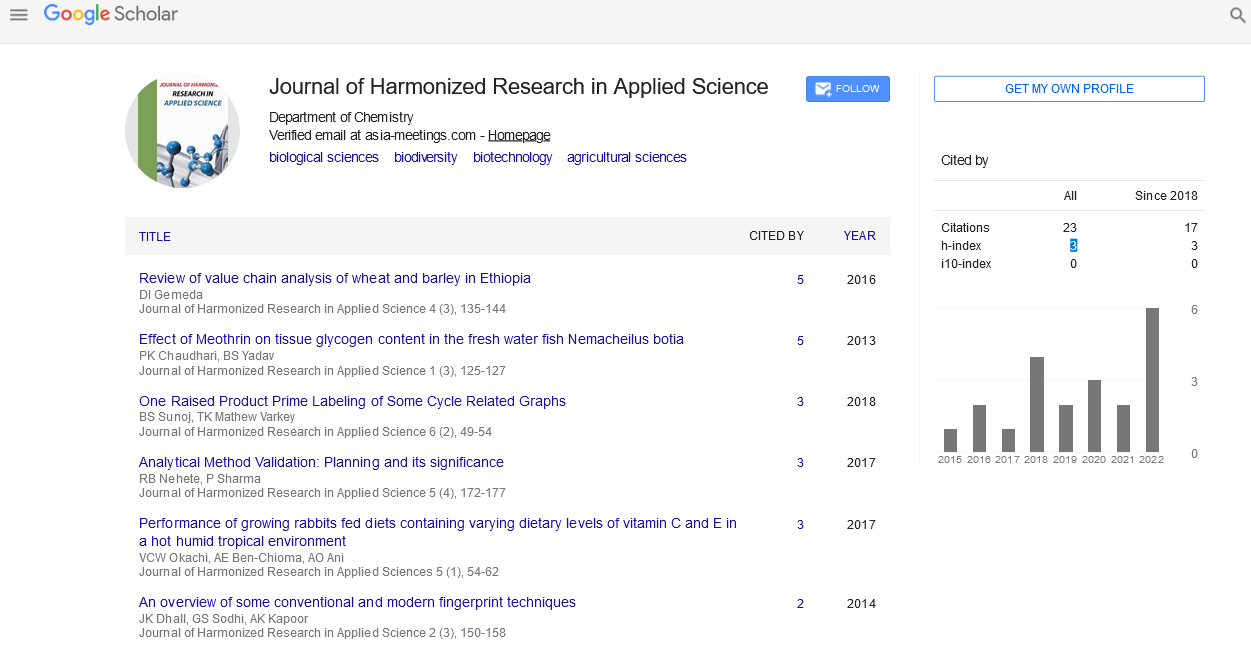STARTUPS: INNOVATION TO REALITY
Abstract
Author(s): Namrata Parekh
This research paper highlights the initiative founded by the Government of India – ‘Startup India, Standup India’ and the start-up scenario in India. Start-ups encourage the citizens of the country to turn their innovative ideas into a reality. This scheme formulated by Prime Minister Narendra Modi has led to tremendous growth of sectors such as e-commerce, fin-tech, consumer service sector, logistics, health technology, real-estate, artificial intelligence, education, nanotechnology, sports and many more. The winner amongst all the sectors is the E-commerce sector which received the highest funding of 18.57% from SIDBI. Some successful e-commerce brands which received funding from startup India are Fynd, GoCoop and Kaaryah. This initiative has many benefits. To the budding entrepreneurs the advantages are many such as IPR benefits, funds available from various schemes of SIDBI, tax exemption for 3 years, resources, online 4 week free training program etc. There are approximately 7,200 entities registered as startups under this initiative who have received the above benefits and it is also believed that every year there is a growth of approximately 3,000 startups. The overall positive impact of this on the social and economic environment is evident through increased use of advanced technology, raise in the number skilled jobs and increased creativity amongst the youth to fulfill consumer expectations through better products and services by capturing untapped markets. Startups are dynamic organizations which lead to increased competitiveness in an economy which gives India an opportunity to gradually become a market leader and not just an outsourcing destination for cheap IT services. These startups have acted as a catalytic agent for change because they finally create a demand for goods and services in an economy which leads to a rise in GDP of the country. Startup India had addressed problems such as affordable education, healthcare, entertainment, financial security etc.










